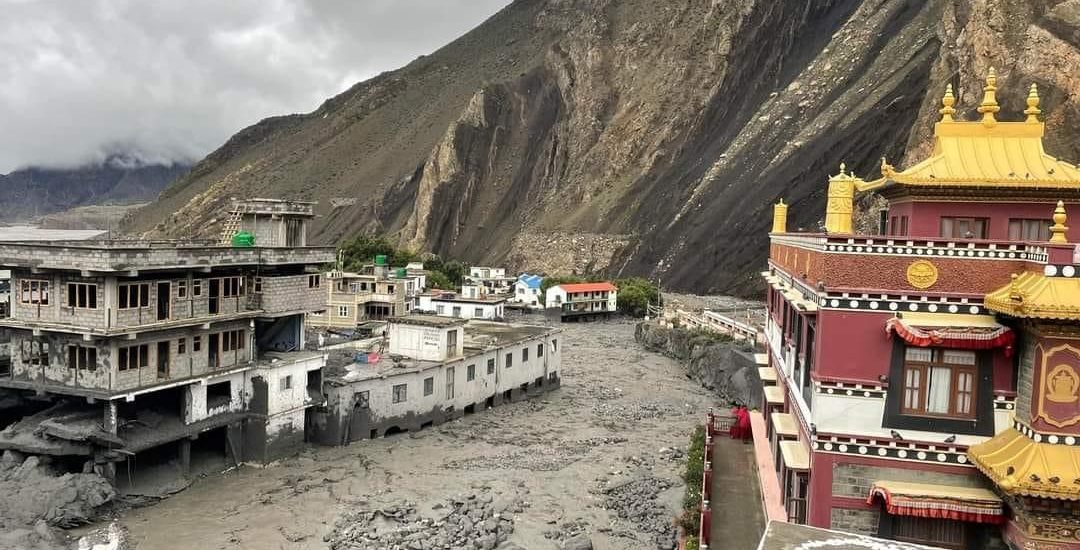On 13 August, Kagbeni in the Mustang District of Gandaki Province, Nepal, was flooded by the Kagbeni River’s broken banks. The destruction in this important area for religion and tourism has been considerable: as of this piece’s publication, 31 structures have been washed away and more than 150 people displaced. Aside from the human tragedy of lost homes and devastated livelihoods, Buddhist sites that function as tourist or pilgrim attractions are under threat.
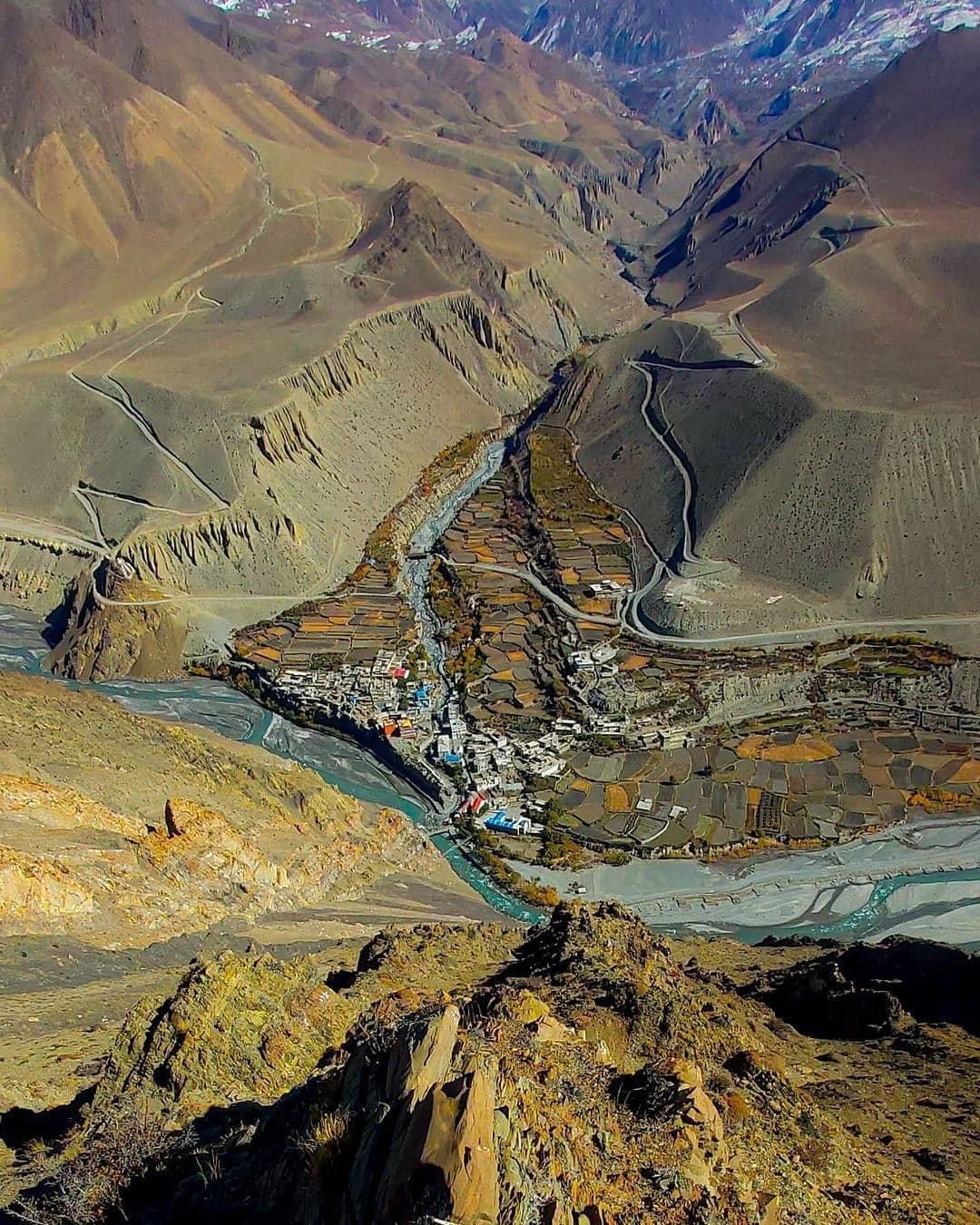
One of these monasteries is Kag Chode Thupten Samphel Ling (KCTSL), a site of great historic and religious value. It comprises two main buildings; the old wing and the new building. Religious leaders in the Vajrayana world, particularly the Sakya community, have rallied to appeal for help in protecting the integrity of both, and repairing what has been damaged.
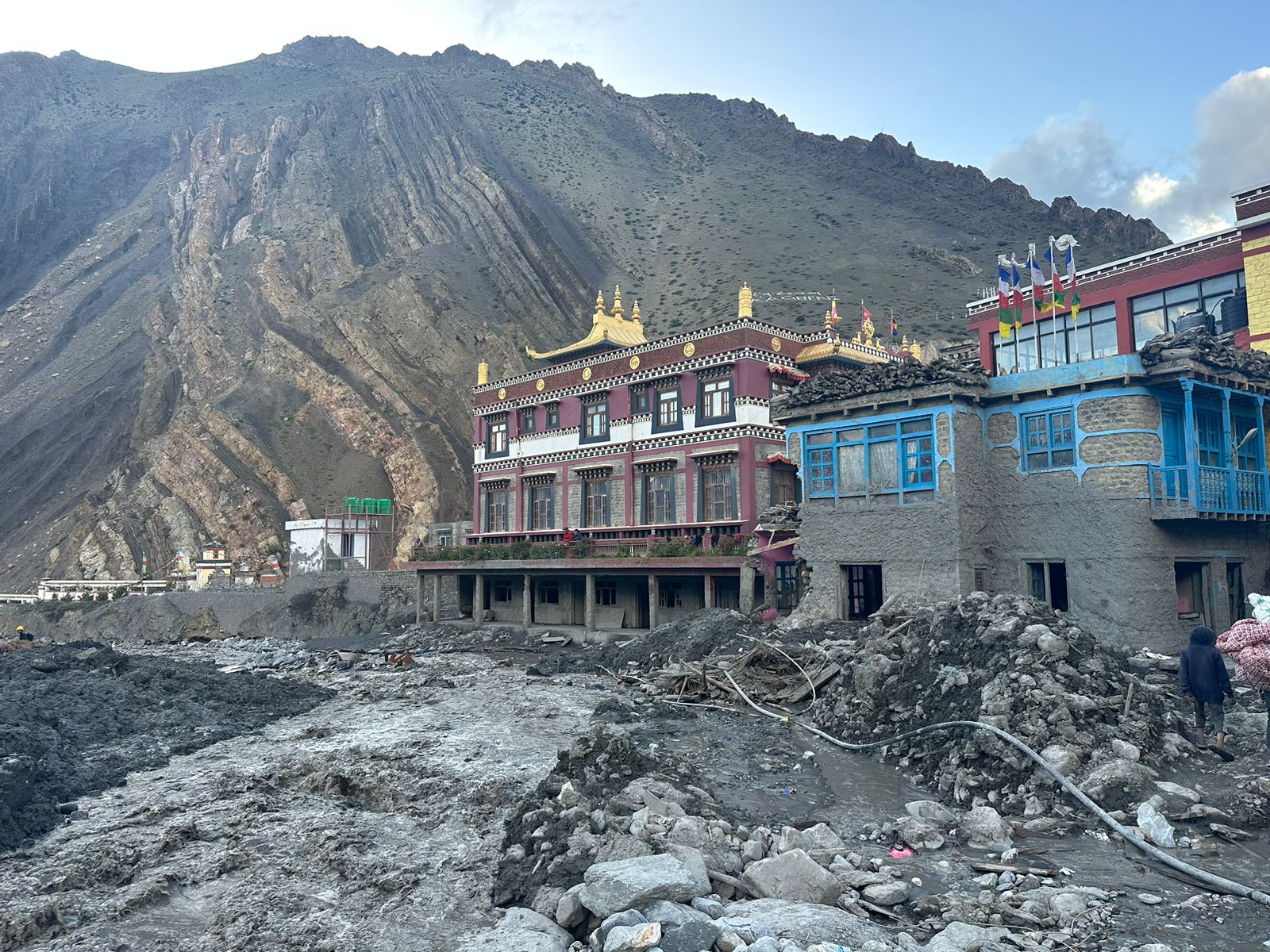
The old monastery of KCTSL is special, around 500 years old. According to local memory and lore, it was established by a Shakya scholar, Tenpai Gyaltsen. This monastery is famous for not only its fine woodwork but also its architectural integrity, described as “still standing tall and vibrant with all the rare pieces of bronze icons, thangkas, scriptures, frescoes, and other ritual artifacts intact.” Until the middle of the 1700s, the monastery was home to 100 monks from 12 nearby villages.
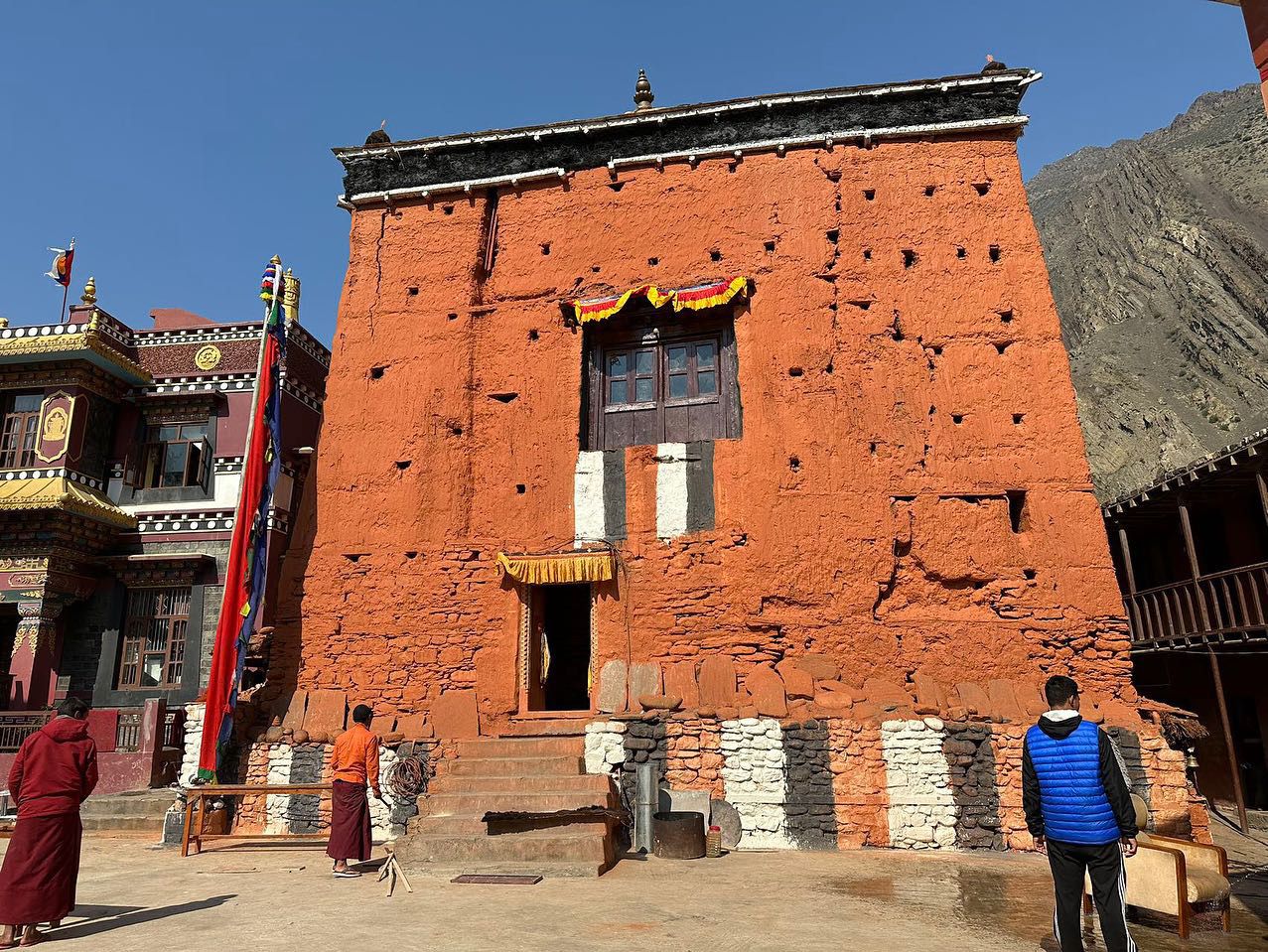
The monastery provides a more or less complete picture of how traditional Tibetan Buddhist structures looked, from its exterior architecture to its interior design. It is a physical snapshot of Tibet in the 15th century under the regency of the Phagmodru myriarchy.
One of the advocates calling for support for the endangered KCTSL is Her Eminence Dagmo Kalden Dunkyi, the 42nd Kyabgon Gongma Trizin. While she is widely beloved as Ratna Vajra Rinpoche’s wife, she is respected by activists, scholars, and monastics for her humanitarian and teaching activities. She is also widely followed on social media, where she deploys Stories and posts to spread awareness about her projects and travels.
When the Mustang floods hit, she circulated an appeal from her father-in-law the Sakya Trizin, His Holiness Kyabgon Gongma Trichen Rinpoche, to save the damaged monastery. “My mother-in-law has also sent a letter requesting all Sakya associations to help with donations towards this monastery,” she told me.
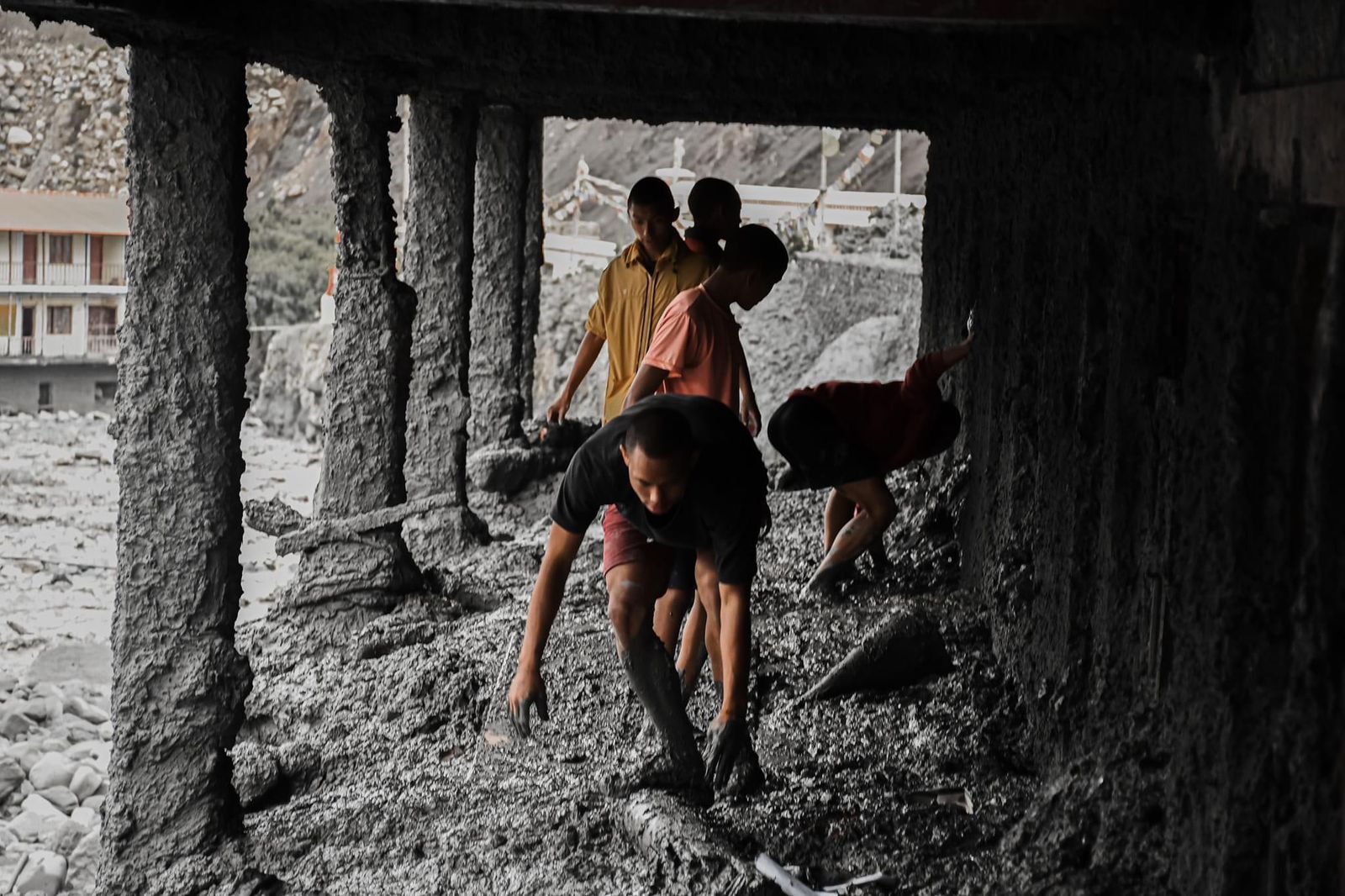
On Instagram in mid-August, Her Eminence shared an appeal from the Sakya Trizin for funds to assist in urgent repairs. Her source, Khenpo Tenzin Sangpo, informs us that the river’s waters have crossed the temple’s protective shear wall. The base area of the old complex is not only close to the Kagbeni riverbed, but was also made from mud as per traditional Tibetan structures, suffered direct contact with the flood waters and has swollen up. If the water does not decrease in the following weeks, the muddy base will collapse.
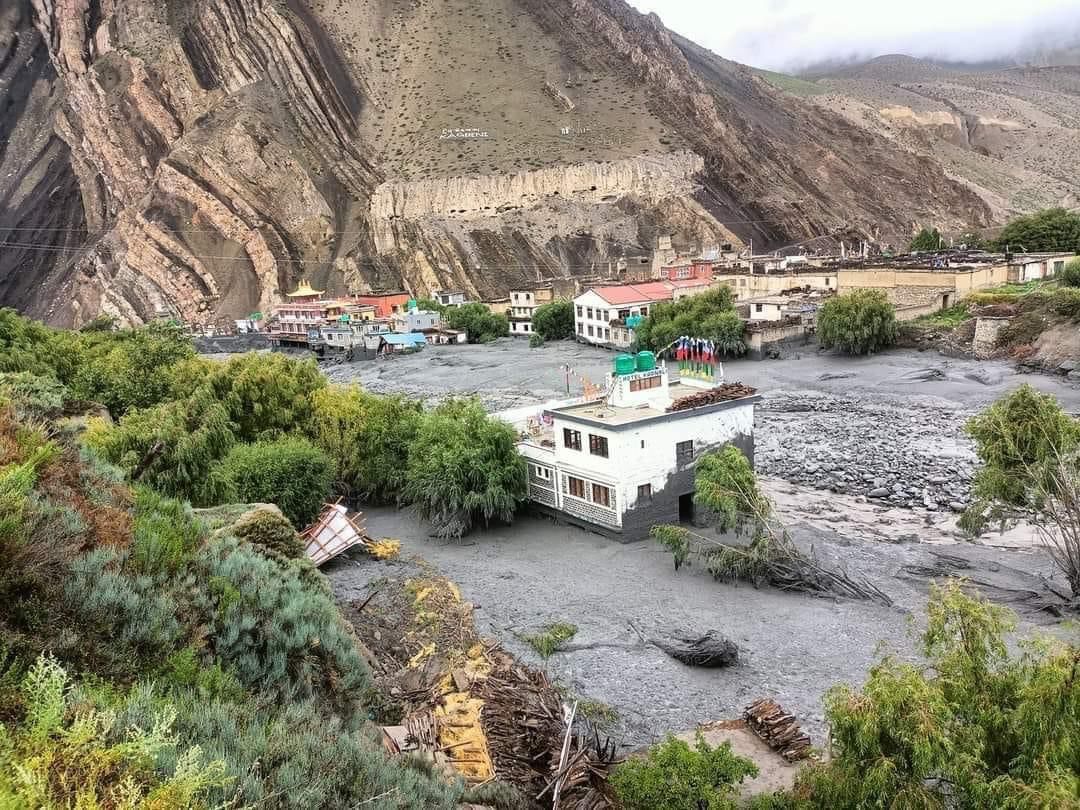
Worse still, the front parking area of the monastery property has been swept away, with the now-soaked edifice collapsing in on itself. The muddy flood has entered the basement of the monastery and destroying all that is inside, from cupboards and books to beds and rations. Also gone are several second hand vehicles used to bring the food for the monastic community and novice school, motorbikes and the shear wall, the gabin wall fencing wire, and more.
“We need for urgent strengthening of the rear wing as well as the front of the newly built monastery,” Khenpo Tenzin Sangpo has told Her Eminence.
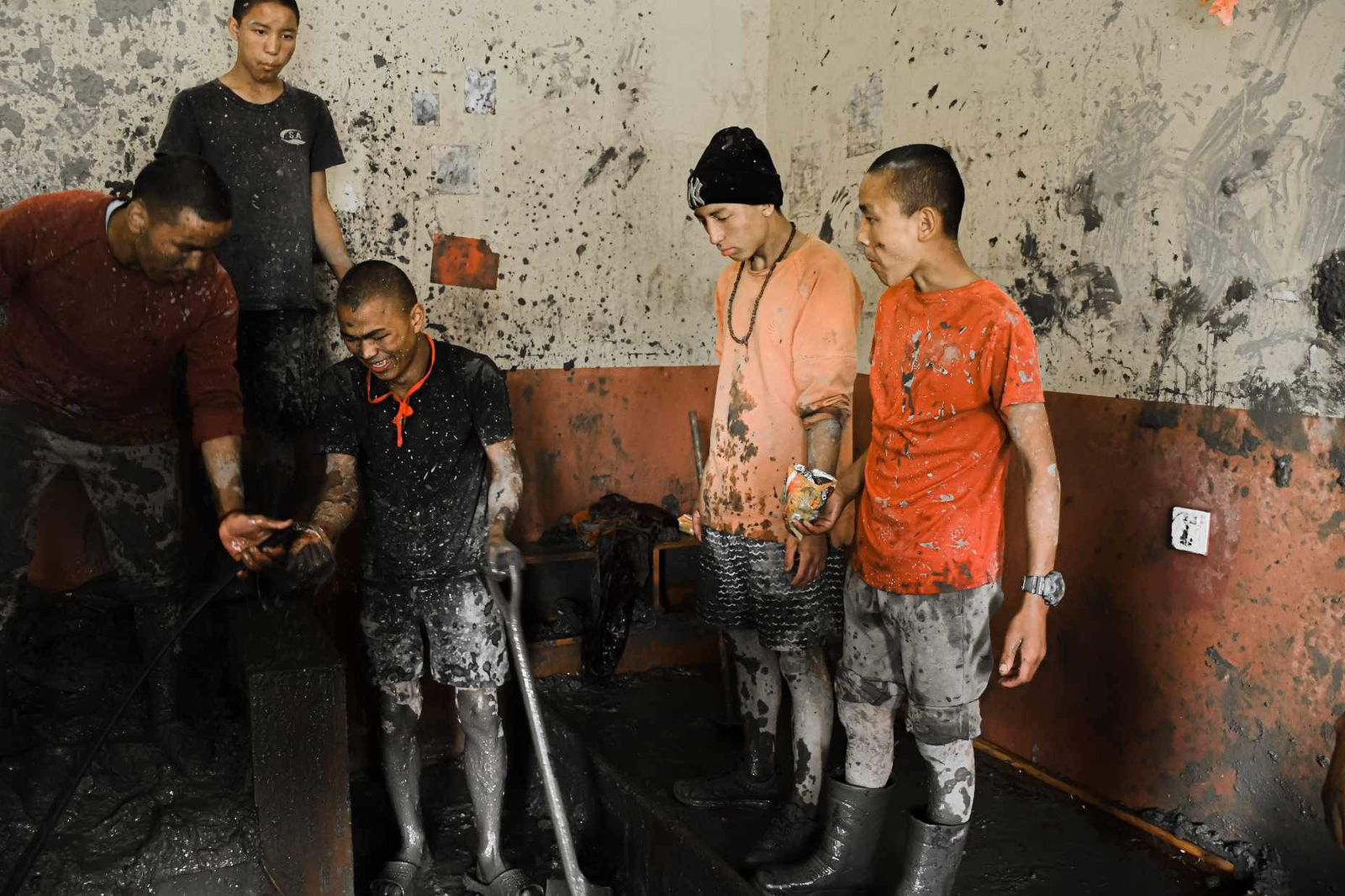
KCTSL is a sacred site, set in a location of breathtaking beauty that has been severely damaged by a natural disaster. The more generous the assistance, the faster the monastery’s flooded areas can be restored, and insured against future flooding. Should you wish to learn more about the situation or even lend help or support, you can contact Khenpo Tenzin Sangpo at [email protected] or at +977-9857650400.
Related blog posts from BDG
From Manang to Hong Kong: Gyalpo Rinpoche on Leadership and Women’s Empowerment


